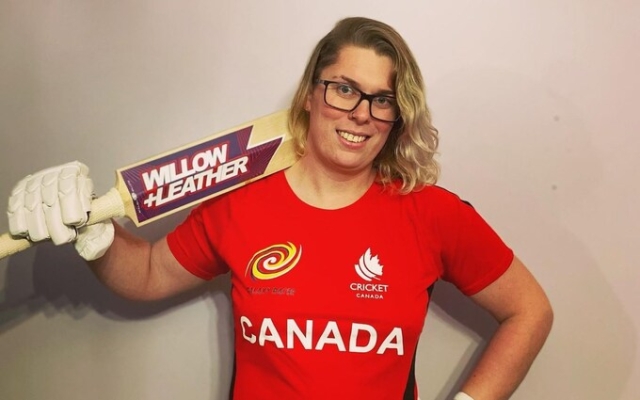 McGahey changed nationality and gender. Credit: Facebook
McGahey changed nationality and gender. Credit: Facebook
Cricket is under increasing criticism for not following the example of other sports in tightening protections for women's sports. transgender player to make international debut as revealed.
Australian-born Danielle McGahey will be the first transgender cricketer to play on an official Twenty20 team representing Canada.
The 29-year-old, who moved to North America in February 2020 and became a woman in November of that year, complies with the International Cricket Council's guidelines for transgender people, which means she can compete in upcoming matches after undergoing a medical transition from May 2021. . 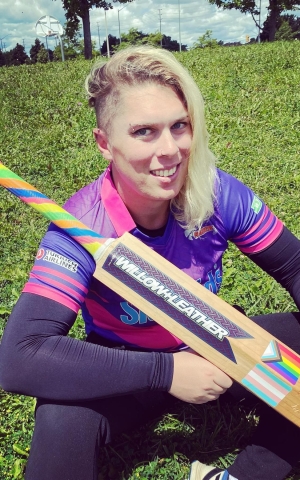 McGahey posted this photo on Facebook announcing she would be playing in a World Cup qualifier. Credit: Facebook < p>However, with tighter rules now in place for sports such as cycling, rowing and swimming, leading campaigners said cricket must take into account the wider potential safety risk.
McGahey posted this photo on Facebook announcing she would be playing in a World Cup qualifier. Credit: Facebook < p>However, with tighter rules now in place for sports such as cycling, rowing and swimming, leading campaigners said cricket must take into account the wider potential safety risk.
Sharron Davis, an Olympic medalist in swimming who has competed in cricket at the forefront of campaigns to protect the integrity of women's sports, calls the situation «outrageously irresponsible».
«We've been pushing the England and Wales Cricket Board for years to protect women from the biological advantage of men,» she told Telegraph Sport of campaigns in England to tighten the rules. “Now there are trans-identifying men in the English game who are hurting young female cricketers. Canada particularly discriminates against its female athletes by allowing men to play sports such as rugby even against the safety policies of international governing bodies.”
In February, Telegraph Sport detailed a case in which a middle-aged trans woman was allowed to compete against 12-year-old girls in England. The ECB's position is that transgender participation is a «challenging area» and it is «reviewing» its policies.
Fiona McAnena of Fair Play For Women said her organization had submitted a dossier to the ECB with evidence illustrating how women and girls who play cricket are in fear after being confronted by trans competitors.
Expressing renewed concern, she added: «We spoke to parents and players who were afraid to speak up to the ECB if they were eventually kicked out.
«That's why Fair Play for Women has weighed these concerns against , but the ECB basically said «No luck, it's self-identification», and here's what's happening again.
“We don’t name individual trans players – that’s not the point. The thing is, the ECB has a self-identification policy and that's why situations like this happen and it's women and girls who are forced to self-exclude, so it's not inclusive. This has a negative impact on women and girls.”
Davis, meanwhile, said: “I was worried from the start that he would get hurt very badly before this madness was stopped. I just hope that governing bodies that are too cowardly to use scientific data and protect their female members are held accountable. I'm surprised insurance companies are willing to cover their potential lawsuits given that peer-reviewed scientific evidence suggests a life-changing injury is likely.»
Meanwhile, McGahey was named to the Women's Committee of Canada Team. who will attempt to qualify for the 2024 T20 Women's World Championship, and will compete in the Los Angeles qualifier from September 4-11.
Over the past 12 months, athletics, cycling and swimming have changed their policies towards transgender people, and both rugby codes have also moved to protect the sport for biologically born women. However, cricket has not followed suit: the ICC eligibility rules (last updated in 2021) state that trans women can compete in women's matches provided they demonstrate that their serum testosterone levels are consistently below five nanomoles per liter for a minimum of 12 months, and that they are committed to maintaining it below that level throughout their women's career.
The rules also state that a transgender player must provide a «written and signed statement in the form of a designated it is satisfying for a healthcare professional that her gender identity is female.»
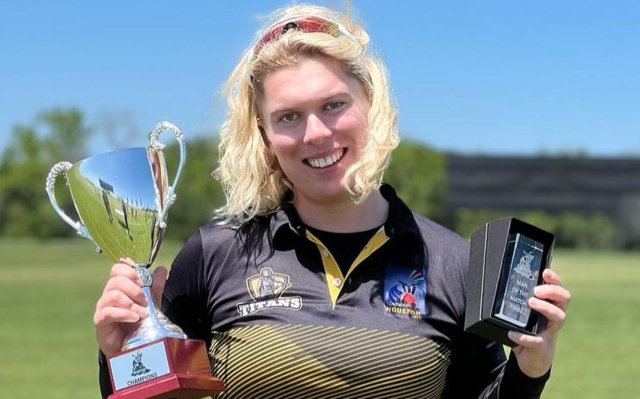 McGahey is eligible to play as a female based on her testosterone levels . Photo: Facebook
McGahey is eligible to play as a female based on her testosterone levels . Photo: Facebook
However, McGahey detailed how she made the necessary medical transition to comply with existing ICC rules.
«I'm honored,» McGahey told the BBC. “I never dreamed of representing my community.
“To determine [my testosterone levels], I have had blood tests every month for over two years now. I also need to indicate in my player profile who I played against and how many points I scored.
“My doctor works hard submitting my health information to the ICC… they have a dedicated medical officer who reviews all the information provided and determines if I have provided enough information for a panel of experts to make a decision. solution.
“Having to take blood tests every month is probably the biggest problem because playing cricket means you travel a lot.
“It's very private in terms of the information you provide — all your medical information, puberty history, any surgeries. There's a lot in this. But the protocols are there and they are being used.”
The 2021 Canada Census showed that one in 302 citizens said they were transgender or non-binary, with 100,815 of the 30.5 million respondents over the age of 15 constitute the use of a new question that added cisgender, transgender and non-binary to the «at birth» selection.
The ICC statement says: «We can confirm that Danielle has gone through the process as required eligibility for a player under the ICC rules and as a result has been deemed eligible for international women's cricket competition on the basis that she meets the MTF's transgender eligibility criteria.»
A Cricket Canada spokesperson stated: «Danielle's selection was based on
«Danielle sent her application to the ICC and Cricket Canada followed the procedure in accordance with the ICC rules, which made Danielle's selection to the Canadian team possible» .





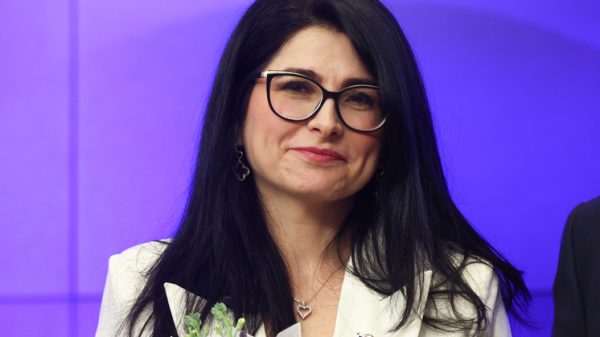






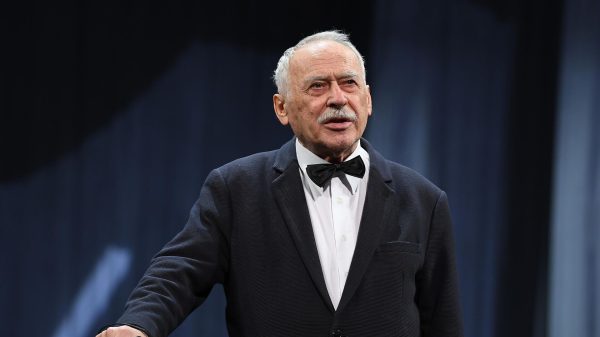


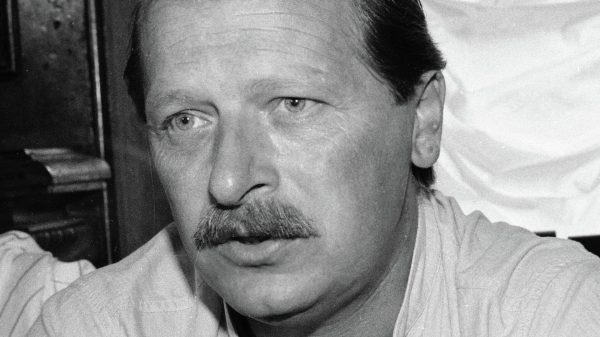
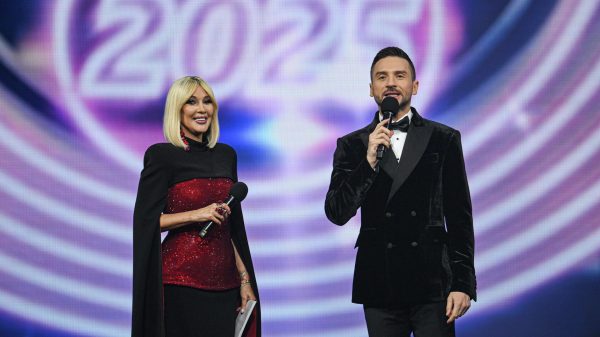

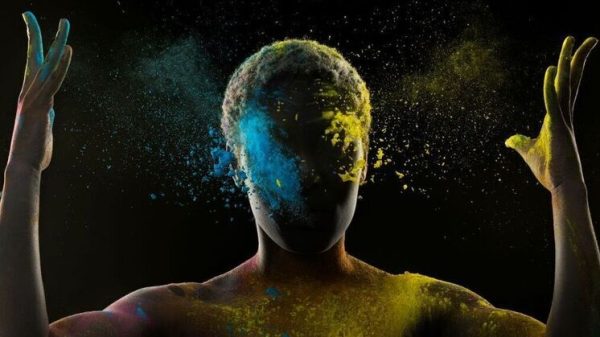

































Свежие комментарии